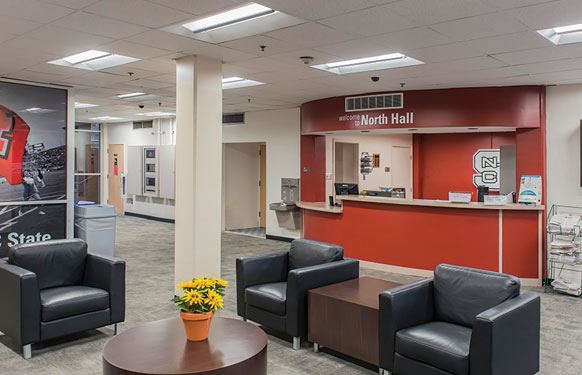January 2016 — A reliable and consistent energy source is crucial to customer satisfaction; hence a demand response program helps facility executives to control peak electric loads that drive up power costs. Traditionally, utilities would leverage power plants to generate power to meet demand. The utilities would instruct both commercial and Industrial (C&I) customers to cut load in an adhoc manner; for example, turning off the lights or cutting any electricity during peak hours of the day. Some utilities have formalized utilities-customers relationships by offering “interruptible” electricity rates to the consumers.
Despite the fact that these efforts were helpful to customers, the constant rate led to electric grid contingencies that had the potential to disrupt the market forces or the demand-supply balance and eventually raise electricity prices. This allowed industry stakeholders to adopt a demand response (DR) approach. DR approaches were deployed in situations when electricity was insufficient to meet demand or any situation that could cause grid instability and spike in wholesale prices.
The adoption of a DR program came with an incentive. Customers would get paid either in the form of rebate or an incentive for reducing the electricity load. Frost and Sullivan analysis indicates that the future of demand response is expected to grow at a steady rate in the next five years.[1] The growth rate will be highly impacted by electricity prices, innovative technologies and regulations that lead to price reductions. Demand response initiatives not only focus on “offer customers’ financial incentive to shift some demand to off-peak times.”[2], but also can provide other motivating drivers for facility managers to adopt DR as a part of their operations and systems planning.
The impact of motivating factors is:
- Increase resiliency to overcome all challenges
DR helps in curtailing the pressure of any systems in a facility especially during times of peak demand. - Cost effectiveness
Increased attention on DR has helped end-users to avoid extra expenditure that may have been caused due to varied contingencies. - Customer Empowerment
Facility owners and utility operators can now use DR as tool to control electricity load at times of peak demand and understand that with the use of DR they have the ability to shift energy demand from one time period to another and achieve smooth consumption patterns.
What is the future of demand response (DR)?
This year at AHR expo, the topic of DR was discussed among key participants. Utilities and the DR community believe that it is a transformative time for DR. Due to increased future energy needs and pressure on grid reliability, the end-users are looking at DR as a dynamic load management tool that is convenient for facility managers to conduct system planning and operations effectively. Additionally, it can compensate the facility managers for reducing electricity load during periods of high power prices.
Changes in advanced technologies have sped up the transition from earlier traditional DR processes to more reliable systems such as the automated demand response (ADR). ADR is described as systems which automates the DR dispatch process. Instead of manually intervening or calling the consumers to cut load, the building or facility owners are included in an email list so that the automated notifications are sent a day before to take load shedding actions at various times the following day. Subsequently, the building owners are provided incentives to take such actions that could potentially save electricity cost and consumption. The market sentiments indicate that this process of sending email notifications is still a growing phase. The end users are still in the process of getting themselves signed-up for emails and the percentage of adoption is fairly low.
However, the latest or the most anticipated phase in ADR is where no email notifications are sent but a message is communicated between servers and the buildings can respond in an articulated way on the basis of the message received. The adoption of this phase is fairly marginal and still in process. Nevertheless, the ADR is not without its challenges. First, there is a cost involved that requires the installation of hardware or an embedded code that can facilitate the DR process. Second, some buildings are structured in such a way that all the systems are running on different platforms and facility owners face difficulty in understanding varied systems which are often created in silos and lack overall holistic engineering solutions. This leads to reduced system interoperability or convergence, and eventually becomes a battle for widespread adoption of an ADR system. [3]
The challenges can be avoided if the right measures are taken to help end-users engage in knowledge and the benefits of DR programs. This can gradually and eventually make DR a viable and potentially attractive option for facility owners to increase efficiency and cost-savings. In sum, the future of the DR revolves around the continuation of utilities leveraging the DR programs to achieve energy efficiency and DR program goals.
[1] Frost and Sullivan research service –“ The United States Demand Response Market”
[2] Frost and Sullivan research service – “U.S. Smart Grid Market — A Customer Perspective on Demand Response”
[3] OpenADR Alliance




